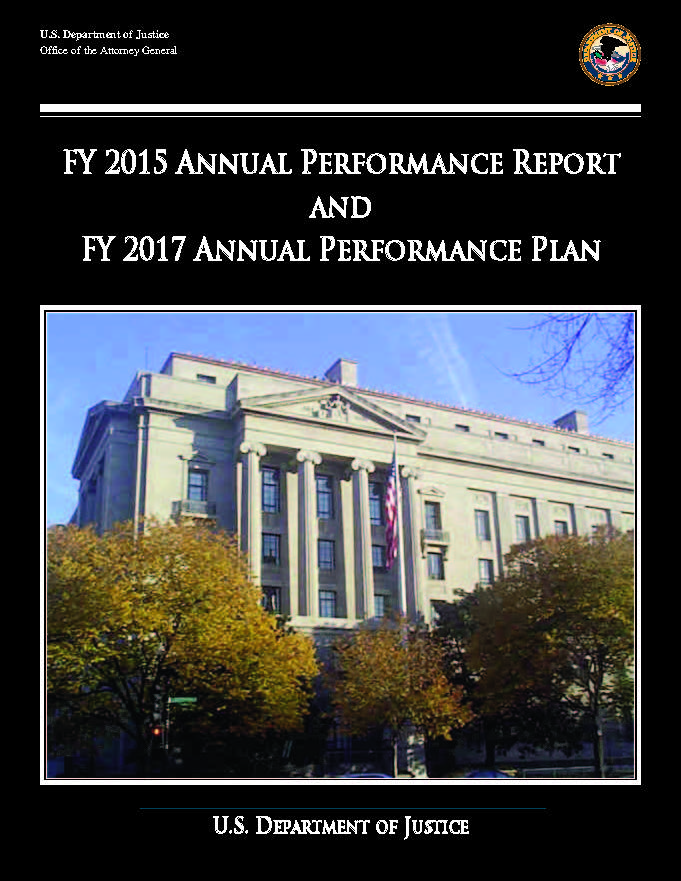- Home
- Agencies
- Department of Agriculture
- Department of Housing and Urban Development
- General Services Administration
- Department of Commerce
- Department of the Interior
- National Aeronautics and Space Administration
- Department of Defense
- Department of Justice
- National Science Foundation
- Department of Education
- Department of Labor
- Office of Personnel Management
- Department of Energy
- Department of State
- Small Business Administration
- Environmental Protection Agency
- Department of Transportation
- Social Security Administration
- Department of Health and Human Services
- Department of the Treasury
- U.S. Agency for International Development
- Department of Homeland Security
- Department of Veterans Affairs
- Goals
- Initiatives
- Programs
Primary tabs
Strategic Objective
Combat the threat, incidence, and prevalence of violent crime
Strategic Objective
Overview
Violent crime remains a serious problem in many rural and urban areas and throughout much of Indian Country. It continues to inflict a heavy toll on communities across America, limiting the quality of life for U.S. citizens, paralyzing neighborhoods, and stretching state and local law enforcement resources to their limits.
The vast majority of violent crime in this country falls within the jurisdiction of state and local agencies, and the vast majority of resources to combat it are provided by state and local governments. While some cities are well-equipped to handle issues involving violent gangs, many smaller cities and towns are easily overwhelmed by the violence and criminal activity that gangs bring to their communities. Each community faces different challenges that will require different solutions.
The Department will combat violent crime through vigorous investigation and prosecution of those who engage in violent criminal acts. It will work with its law enforcement partners at the federal, state, local, tribal, and international level to combat all types of violence, from the neighborhood-based street gangs, to increasingly brutal and prevalent violence along the Southwest Border, to the transnational gangs operating throughout the United States and abroad, to violent criminals seeking haven in the United States. It will also employ a comprehensive strategy that focuses on investigation, prosecution, and prevention efforts to address violence in America.
Read Less...Progress Update
Strategic Objective Review Summary of Findings: On track and making satisfactory progress
While there has been a reduction in violent crime the past several years, violent crime still remains the most serious daily threat to public safety in many communities in the United States. The Department’s overall strategy to reduce violent crime incorporates several activities in this area. The Department exceeded the number of gang/criminal enterprise dismantlements (non-Consolidated Priority Organization Target or CPOT) by three over the FY 2015 target of 150; FBI’s Violent Gang Safe Streets Task Forces in FY 2015 seized and removed 3,031 firearms and conducted 7,508 arrests; DEA’s Gang Targeting, Enforcement, and Coordination Center supported 309 gang related cases that have yielded 1,506 arrests. Two examples of the Department’s many interagency investigations targeting violent organizations include investigations into the Columbia Point Dawgs – a particularly violent and powerful gang operating in the Boston area for nearly two decades and Operation Victory that successfully targeted the Gangster Disciples.
The ATF supports this strategic objective by performing firearms dealer inspections, reconciling inventory for missing weapons and conducting their own investigations on criminal groups and gang related defendants. In FY 2015, ATF implemented a 24-hour gun tracing system called E-Trace, which allows police to electronically submit firearm trace requests, monitor the progress of the trace, retrieve completed trace results, and query firearm trace related data. ATF also introduced the Mobile, Bomb, and Arson Tracking System (BATS) to allow for rapid entry of investigative information on the scene by agents and officers. ATF utilizes a standardized way of operating each of the Bureau’s field divisions, known as ATF Frontline, to more effectively allocate resources to best fight violent crime dependent on crime issues in their specific geographic area.
Challenges for this strategic objective include: the expansion of violent gangs into more rural areas and their increased sophistication making them harder to investigate; the large amount of data that is created every day and private parties’ reluctance to share data complicating investigations and requiring additional resources to investigate; and the encryption of data and “going dark” present technical challenges in collecting evidence. Requests for Federal Firearms Licenses and National Firearms Act services strain ATF resources. Tragic mass shootings in public places such as movie theaters and shopping mall have created a stress surge on the Department’s resources for this objective. To meet these challenges, the Department, through the U.S. Attorney Offices and the CRM will continue to focus on the most serious violent offenders – the “worst of the worst” – as targets for prosecution and Organized Crime Drug Enforcement Task Forces (OCDETF), through its participating agencies, will help to establish FY 2016 performance measures for this objective. In addition, the FBI has expanded its 164 Violent Gang Safe Streets Task Forces to 170 in FY 2015; ATF will continue to advance its domestic/international explosives and fire investigation expertise by setting and delivering the highest standards of support and further implement its National Integrated Ballistics Information National Correlation Center; U.S. Marshals (USMS) will continue its focus on enforcing the Adam Walsh Child Protection and Safety Act; and Office of Justice Programs (OJP) will provide, through grants mechanisms and otherwise, training, technical assistance, and technology tools that allow for cross-jurisdictional sharing of information among jurisdictions in order to better track sex offenders both domestically and internationally.









